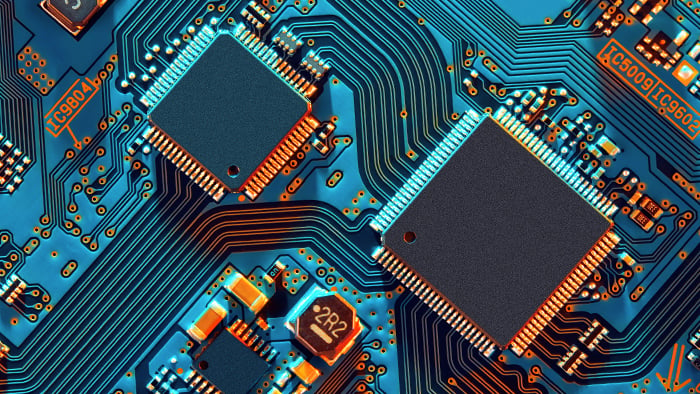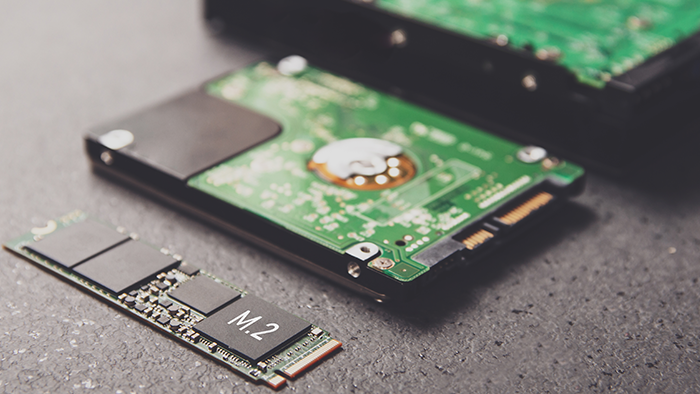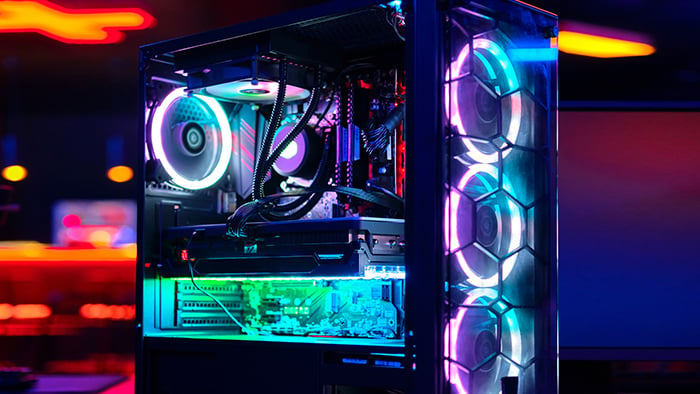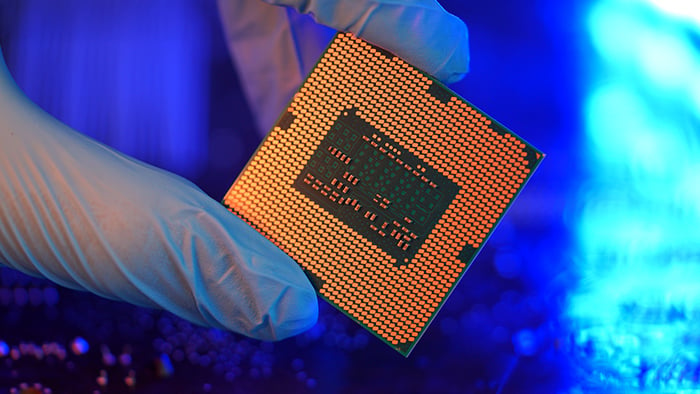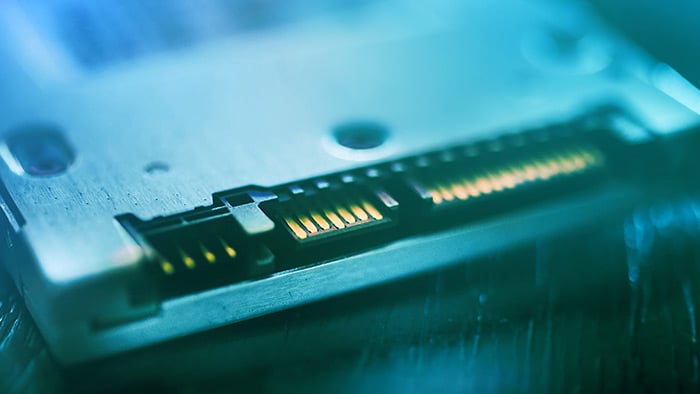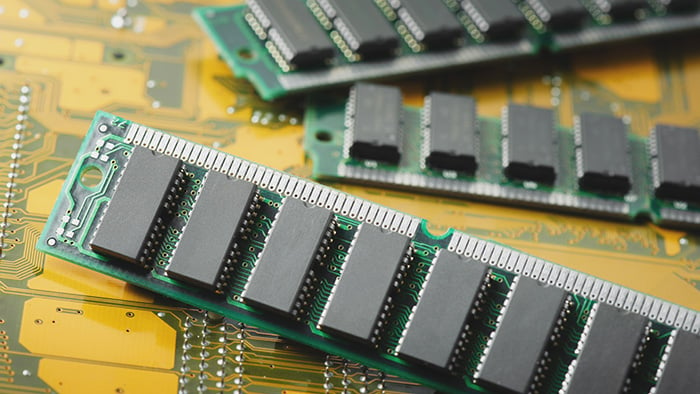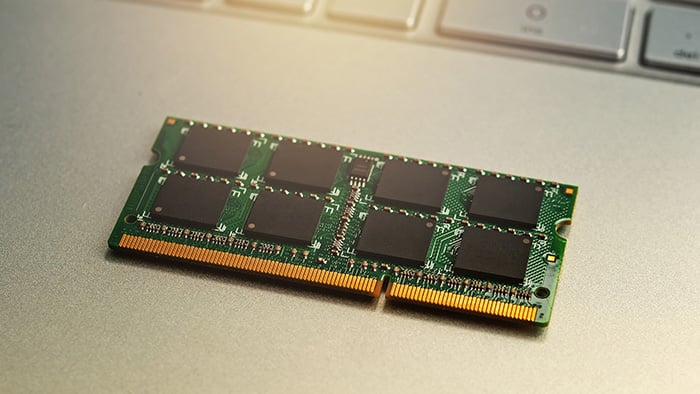How to check what motherboard I have
You can check what motherboard you have by using built-in tools, third-party software, or by looking at the original packaging or receipt. Let’s dive in.
Find your motherboard model in Windows 11 & 10
You can find your motherboard model in Windows 11 or 10 by using built-in tools, such as Windows System Information, Command Prompt, PowerShell, or the BIOS/UEFI.
Windows System Information tool
The easiest way to check your motherboard’s information and identify the manufacturer is to use the Windows System Information tool, which has been a feature of the operating system since Windows 98. Here’s how:
-
Press Windows + R on your keyboard to open Run, then type msinfo32 and click OK.
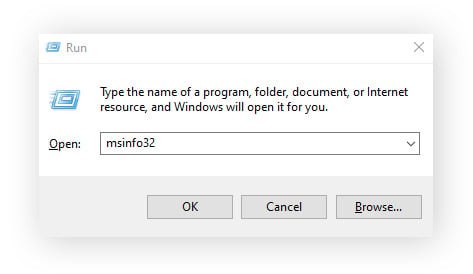
-
Select System Summary in the left panel. Information about your motherboard is listed next to BaseBoard Manufacturer, BaseBoard Product, and BaseBoard Version.

Windows Command Prompt
The Windows Command Prompt is built into Windows 11, 10, 8, and 7, and offers a simple way to find out the manufacturer, product, serial number, and version of your PC motherboard.
-
Press Windows + R on your keyboard to open Run.
-
Type cmd and hit OK.
-
Type wmic baseboard get product,manufacturer,version,serialnumber (yes, really, no spaces after the commas) and press Enter.
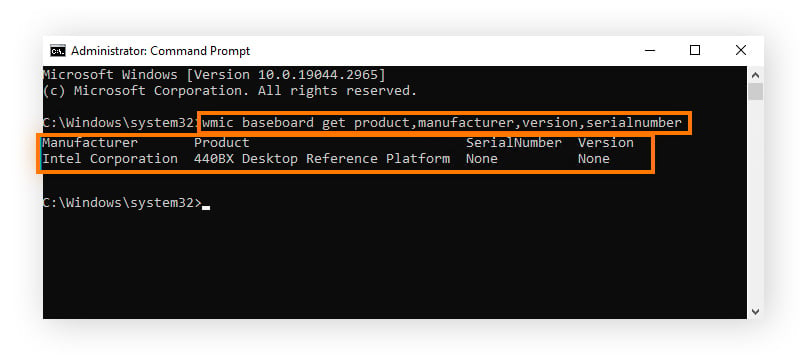
Users upgrading to Windows 11, version 25H2 won’t have the “wmic” command by default. As such, PowerShell, the next method on our list, is the best alternative for modern systems.
PowerShell
PowerShell is a default Windows program that can tell you your motherboard’s manufacturer, product, serial number, and version. Here are the steps to take to use it to find out what motherboard you have:
-
Press Windows + R on your keyboard to open Run.
-
Type powershell and click OK.
-
Type Get-CimInstance -ClassName Win32_BaseBoard | Format-Table Manufacturer, Product, SerialNumber, Version -AutoSize and press Enter.

Using BIOS/UEFI
BIOS and UEFI are programs that are crucial for managing essential hardware configurations and properly launching your operating system. They can also be used to locate information about your motherboard.
To access BIOS/UEFI and find your motherboard type, follow these steps:
-
Turn off your PC and press the power button to turn it back on. Immediately during startup, you’ll get a prompt to hit a certain key to enter setup (usually F2 or the DEL key). Hit that key repeatedly.
-
After entering the BIOS/UEFI, check Main or System Information for the motherboard model. The exact heading varies by manufacturer.
Check your Linux motherboard info via Terminal
You can view information about your motherboard in Linux using Terminal, an app that allows you to type commands and get information about files, apps, and settings. Here’s how:
-
Open Terminal (press Ctrl+Alt+T or search the app menu), type sudo dmidecode -t 2 and press Enter.
-
Type your password and press Enter. Your motherboard details will be listed under the heading Base Board Information.

Use your Mac’s serial number
Instead of a motherboard, Macs have a logic board, which serves the same function. You can use your Mac’s serial number to look up your logic board model via an Apple replacement specialist like PowerbookMedic or EveryMac.
Here’s how to locate your Mac’s serial number and check your logic board:
-
Open the Apple menu and select About This Mac. Your serial number will be included in the system information.
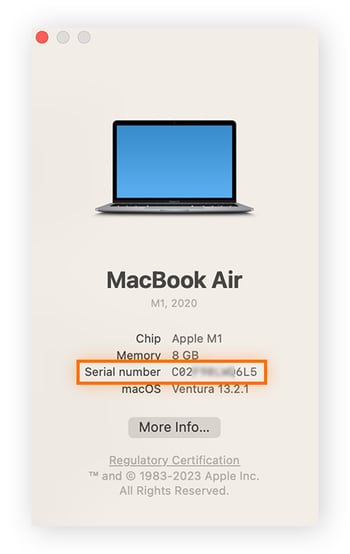
-
Go to a Mac lookup website, type your Mac’s serial number into the search box, and press Enter. From there, you can find the logic board and the amount of RAM built into your specific device.
Third-party software
Many third-party tools for Windows PCs can help you find out your motherboard and other system information, including:
-
Belarc Advisor. Once downloaded, generate your report and look under Main Circuit Board to see your motherboard manufacturer, model, and version.
-
CPU-Z. After installing the freeware, you can find your motherboard manufacturer, model, chipset, BIOS/UEFI version on the Mainboard tab.

-
HWiNFO / HWiNFO64 Once you’ve installed the tool, you can see your motherboard’s make, model, and chipset in the Main window under Motherboard.
-
Speccy. Install and run the program, then check the Motherboard heading on the Summary page. You can get more details by clicking Motherboard in the left panel.
Before you download any third-party software onto your computer, check that the official website is legitimate and that reviews for the app are positive. Downloads from non-trustworthy sources can contain malware. Ensure your computer is protected by reliable antivirus software, like Avast Free Antivirus, before you download third-party apps or software.
Check your motherboard’s original retail box
If you built your own PC, the quickest way to confirm what motherboard you have might be to check the box it came in. The motherboard’s make and model should be clearly displayed on the box, along with other specs such as the CPU socket and chipset, form factor, RAM type, and key I/O/expansion options. If you’ve thrown away the box, then check the manual.
Check purchase receipts or online order history
If you no longer have the box or manuals, you can still discover what motherboard you have by checking your physical or digital receipt or looking at your purchase history. The motherboard should be listed there along with specs and a full product description.
Contact your PC manufacturer
If you have a prebuilt PC, you can try contacting the original manufacturer (Dell, HP, Lenovo, etc.) to check what motherboard you have. You can find customer service contact details or live chat on their respective websites.
If all else fails, physically inspect your motherboard
If you’re having trouble using the methods listed above, you can always check your physical motherboard for the details you need. The motherboard placement may be different depending on your PC and whether or not it was prebuilt, but you can generally inspect it with the following steps:
-
Switch off and unplug your PC, and remove your computer case. If you have a prebuilt PC, check the manual that came with it for extra guidance on how to do this.
-
Locate the motherboard and look for the silkscreened model name between the PCI or RAM slots.
-
A revision code may be displayed on a sticker.
What is a motherboard, and why is it important?
The motherboard, or PCB (printed circuit board), is the spine of your system: it’s a central circuit board connecting every component of your computer, allowing them to communicate with one another. Without a motherboard, your device couldn’t function because the physical components (like the CPU, RAM, GPU, USB ports, and SSDs) wouldn’t be able to recognize one another and work together.
Checking your current motherboard’s specs can help you understand its strengths and limitations. This is especially useful with laptops, which can be harder to upgrade than desktops due to their size. Knowing exactly what your system is capable of will help you know if it’s time to install a hardware upgrade.
If you have an older system that’s been crashing or has other issues, knowing details like the maximum amount of RAM your motherboard accepts can help you find a simple solution to quickly improve performance.
What are motherboard revision codes, and how do you find them?
Motherboard revision code is the printed identifier for the exact iteration of a board model. Models may be revised and upgraded for a number of reasons, including hardware design changes and bug fixes.
You can find a revision code by physically inspecting your motherboard. It will be printed directly on the PCB or on a small sticker. A typical revision code may look like REV: 1.1 or REV: 1.3.
Get the most from your system’s performance with Avast Cleanup
Knowing what motherboard you have means you can plan upgrades and better understand BIOS features and power limits. But what about keeping your software optimized, too?
Avast Cleanup can help identify bloatware, remove other junk programs, manage background processes, and fix errors that could lead to crashes, with a comprehensive range of automated maintenance tools. Try Avast Cleanup for free today and keep your machine running more smoothly.









